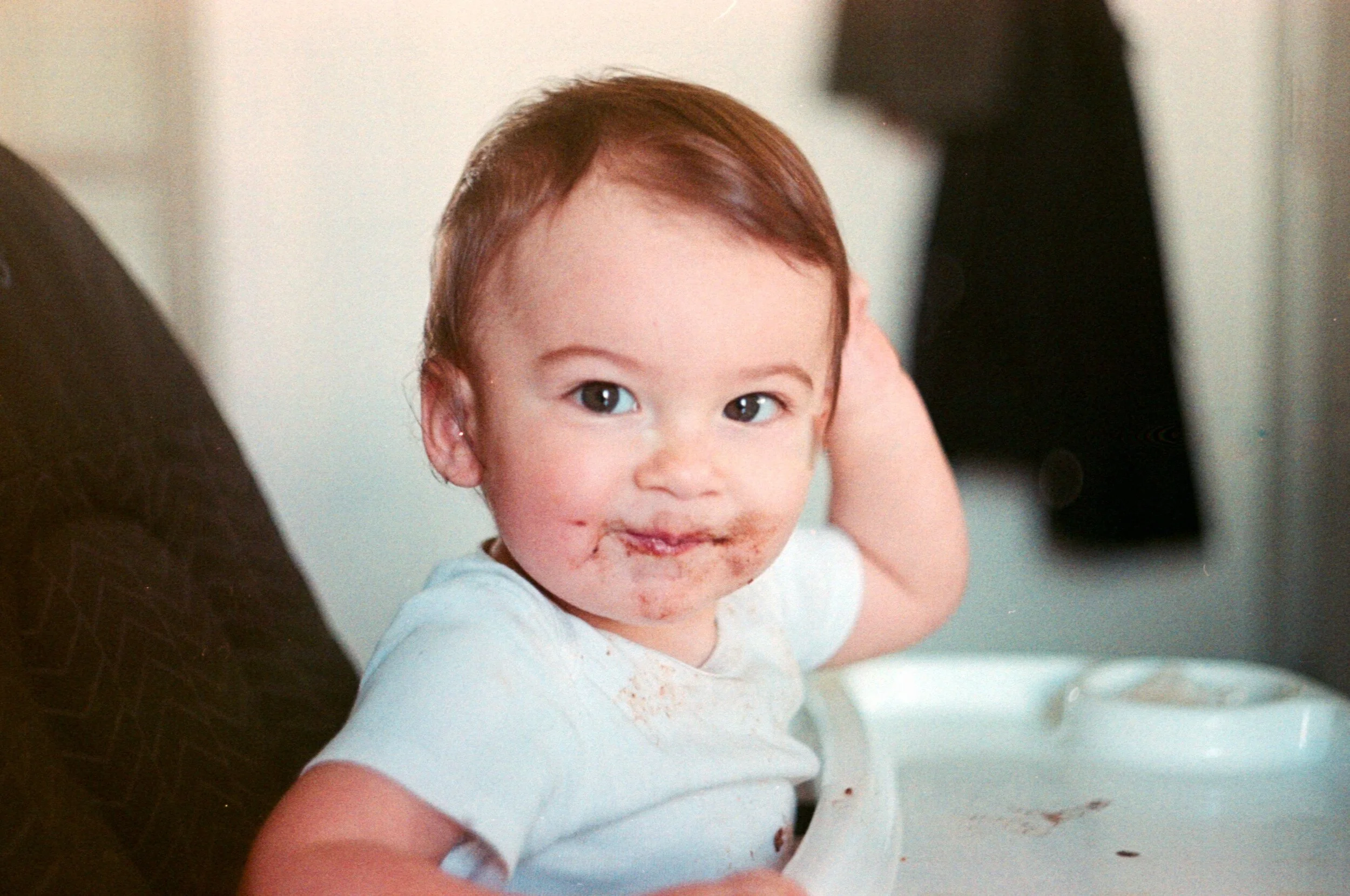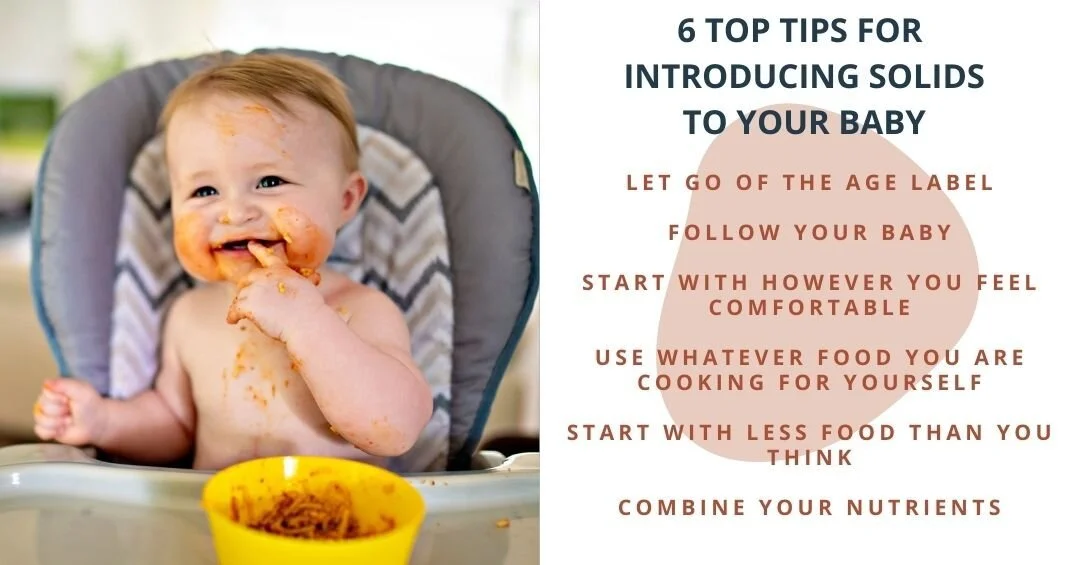Baby's First Foods - How to introduce solids to your baby
Introducing food to your baby for the first time is such an exciting milestone, but it can be daunting for some. Especially once you start googling… everyone has a different opinion, and when it comes to babies, opinions seem very strong!
The secret that nobody is telling you, is that your baby’s first foods experience can be entirely fun, and stress free!
My top 6 tips for introducing solids to your baby
Let go of the age label.
All our babies develop at different rates, yet sometimes we get caught up on the right age to introduce solids. There is so much grey area. And it can get pretty stressful if you’re waiting for a specific day. What happens, if your baby turns 6 months, and is still not quite ready for solids? Well that sets you up to be disappointed, and you might even start to worry if there’s something wrong with your baby.
Follow your baby.
This really ties into my first point, but it’s important to reiterate. Follow your baby’s cues, not your calendar. Some babies will 100% be ready before they are 6 months of age. Others won’t be. And that’s ok.
The most important signs your baby is ready to eat solids are that they can sit unassisted, they have lost their tongue thrust reflex, and they are interested in food!
Start with however you feel comfortable.
Some mothers go straight for baby-led weaning, whereas others begin with puree. You know, there’s no right or wrong when it comes to HOW the food is introduced. You might even find your baby’s personality comes into play too. Independent babies who want to do it all themselves will prefer a baby-led approach. Other babies will feel more comfortable with a parent-led approach. Taking your baby’s personality, your own personality and their interest into account, you can start to see how varied it can be from one person to the next.
Use whatever food you are cooking for yourself.
Make it easy for yourself! If you are steaming some vegetables, steam a bit extra and give that to your baby. You certainly do not need to make them their own foods.
You can, however, if you prefer to (and that’s fine too!). I’ve even made a First Fifteen Weeks of Food Introduction Guide for those of you who prefer to follow a particular method (with recipes included). If you’re using my Guide, or my recipe ebook, my advice would be to use the same ingredients for your own cooking. It just makes it easier to prepare one meal, even if it’s one meal two different ways.
Start with less food than you think.
Your baby’s stomach is the size of their fist! Remember this when feeding your baby solids for the first few weeks. As they ingest more food, their stomach and digestive tract will get used to processing solid foods, and will begin to expand to cater to their hunger. But if you start too hard too fast, you might end up awake all night with a baby who has stomach aches. They may even get constipated too. It’s no fun for them, or you! Start slow and ramp it up as they get used to eating.
Combine your nutrients.
Don’t go purely for the carbohydrates and fruits (which your baby will prefer, by the way!). Ensure you’re stimulating your baby’s digestive tract to learn how to digest proteins, fats AND carbohydrates. Combining your foods enables your baby's gut to develop the necessary enzymes to process all kinds of foods, it feeds a range of healthy bacteria for their gut health, and it’s beneficial for their whole body growth and development. In fact, I would suggest ensuring you follow something similar to my Top 12 First Foods list (it’s free!), to ensure you’re giving your baby appropriate nutrients from each food group.
And last but not least… have some fun with it!
Discover my simple and stress-free step by step guide on how to introduce solids to your baby. Learn the best and most nutritious first foods for your baby. Find out more here: The First Fifteen Weeks of Food Introduction.





